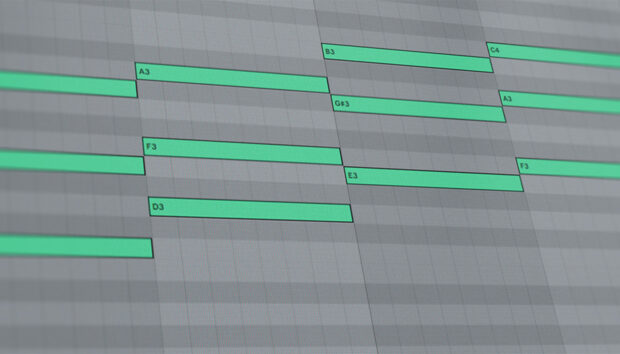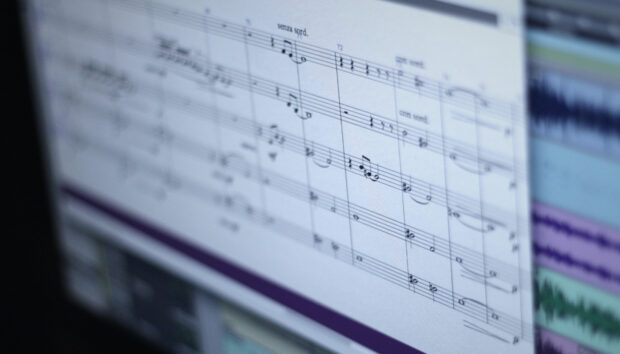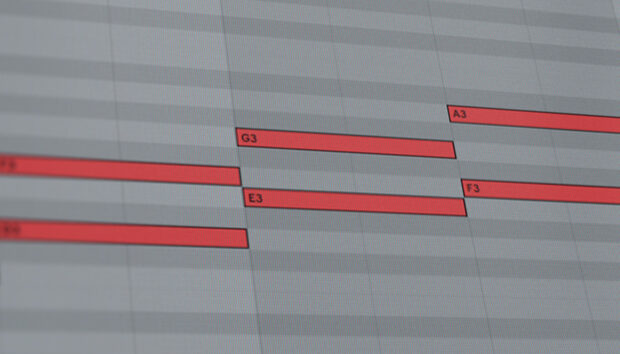
Having a better understanding of music theory will help you become a better producer and composer, no matter what style of music you make. From understanding keys, to harmonies and scales, or to just be able to critically analyze the music you’re listening to, music theory sets you up with the ultimate toolkit to becoming an improved musician.
To help point you in the right direction, Native Instruments has listed a selection of music theory tutorials to help expand your musical understanding. Step aside from the world of production, and expand your musical knowledge a bit further with the following videos.
Music theory for electronic dance music
This introductory video touches upon the basics of scales, chords and timings; the very foundations of music theory. Get to know the importance and meanings of music theory terminology before making the next steps.
Signatures and scales
Ski Oakenfull from Point Blank Music hosts a special hangout session, running through the basics of key signatures and scales, and using examples to test out learnings. Breaking down the definition of minor and major keys, Ski also shows the application of scales in the recording process, while also touching upon the role of arpeggios in modern productions.
Counting music
DJTLM introduces the basics to timing, by explaining what beats, bars, and phrases are in relation to time signatures. By using some homemade sketches put together on MASCHINE, TLM runs through the basic principles of timing within music, perhaps the most important starting point to understanding music theory.
Intervals
Rich Beato lays down the basics behind intervals; “the building blocks of polyphonic music”. Pinpointing differences between melodic and harmonic intervals, Beato also goes on to discuss keys and chords, and how all the three work together.
Chords
Hack Music Theory’s Ray Harmony provides a masterclass on chord progression, showing you how to use root and key notes within your first melodic composition. How to create emotion, movement, and power motifs in your music are all topics covered in the first of several masterclasses offered by the music apprenticeship program.
Notes, octaves, staff, clefs
Touching upon the basics of music notation, Joshua Carney goes beyond the world of keys and chords by looking at octaves, staff, and clefs, in an introduction to understanding the keyboard, and how to read sheet music. The first in a series of videos, Carney goes on to cover rhythm, scales and harmonics.
Harmony
A video for those looking to expand their knowledge a bit further: Jacob Collier explains what harmony is to children, and then goes on to discuss the nuances further with none other than Herbie Hancock. Get an understanding of the basics, and then flesh our your knowledge further with one of the greats.















